|
|
Post by Bonobo on Sept 10, 2010 19:19:04 GMT 1
You must know which to pick, and only those. Sorry, for the bad news. Mike Two mushrooms commonly mistaken:
Amanita phalloides (generally pronounced /æməˈnaɪtə fəˈlɔɪdiːz/), commonly known as the death cap, is a deadly poisonous basidiomycete fungus, one of many in the genus Amanita. Widely distributed across Europe, A. phalloides associates with various broadleaved trees. In some cases, death cap has been accidentally introduced to new regions with the cultivation of non-native species of oak, chestnut, and pine. The large fruiting bodies (i.e., the mushrooms) appear in summer and autumn; the caps are generally greenish in color, with a white stipe and gills.  
Tricholoma equestre or Tricholoma flavovirens, also known as Man on horseback or Yellow knight is a formerly widely eaten but hazardous fungus of the Tricholoma genus that forms ectomycorrhiza with pine trees.
Known as Grünling in German, gąska zielonka in Polish, and canari in French, it has been treasured as an edible mushroom worldwide and is especially abundant in France.
  But, let`s be frank. Despite certain similarities, there are so many differences between them that only a completely ignorant or drunk person may mistake them with each other. |
|
|
|
Post by Bonobo on Jun 9, 2013 19:23:32 GMT 1
|
|
|
|
Post by jeanne on Jun 9, 2013 23:24:49 GMT 1
Poles, as a nation obsessed with picking wild mushrooms in their forests, always get excited when a giant species is found. Boletus mushroom is the noblest of all.  I like how this guy wore his camouflage gear to hunt mushrooms!!  It must have worked, though, he caught the mushroom!! |
|
|
|
Post by jeanne on Jun 9, 2013 23:30:22 GMT 1
Poles, as a nation obsessed with picking wild mushrooms in their forests, always get excited when a giant species is found. 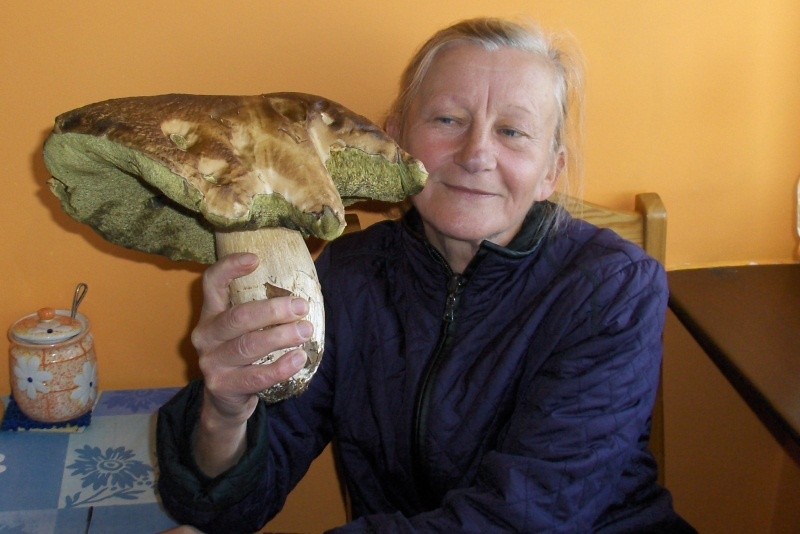 And this lady looks like she could be the sister of John Paul II...same facial expression! Don't you think so? |
|
|
|
Post by Bonobo on Jun 14, 2013 22:49:20 GMT 1
And this lady looks like she could be the sister of John Paul II...same facial expression! Don't you think so? You mean the real or imaginary one? |
|
|
|
Post by jeanne on Jun 16, 2013 23:18:58 GMT 1
And this lady looks like she could be the sister of John Paul II...same facial expression! Don't you think so? You mean the real or imaginary one? Imaginary one? You are being cryptic again... |
|
|
|
Post by Bonobo on Oct 2, 2016 13:47:34 GMT 1
Tasty dinner for the whole family 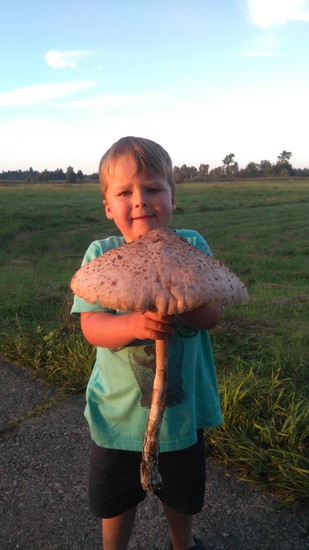 |
|
|
|
Post by Bonobo on Oct 2, 2016 13:48:40 GMT 1
You mean the real or imaginary one? Imaginary one? You are being cryptic again... You mean the real sister of JPII or imaginary one? |
|
|
|
Post by jeanne on Oct 2, 2016 16:52:57 GMT 1
Imaginary one? You are being cryptic again... You mean the real sister of JPII or imaginary one? Let me rephrase what I said: This lady looks like she could be related to St. JPII because her facial expression reminds me so much of his. His real sister died before he was born, so she did not live to be as old as the lady in the photo, therefore this lady could not look like his real sister. So I guess the answer to your question is: his imaginary sister... |
|
|
|
Post by Bonobo on Oct 2, 2016 19:15:27 GMT 1
You mean the real sister of JPII or imaginary one? Let me rephrase what I said: This lady looks like she could be related to St. JPII because her facial expression reminds me so much of his. His real sister died before he was born, so she did not live to be as old as the lady in the photo, therefore this lady could not look like his real sister. So I guess the answer to your question is: his imaginary sister... Aaaa, I see now. |
|
|
|
Post by Bonobo on Jan 1, 2018 19:57:41 GMT 1
In Polish culture, the symbol of a deadly mushroom is red mushroom/fly amanita. It is visualised everywhere: in school books and projects, board games, in fairy take graphics, on posters etc. However , it is not so dangerous after all - causes hallucinations and mild disorder, not death. Why does it play the role of a black character? Because of its beauty.  en.wikipedia.org/wiki/Amanita_muscaria en.wikipedia.org/wiki/Amanita_muscaria
Fly agarics are known for the unpredictability of their effects. Depending on habitat and the amount ingested per body weight, effects can range from nausea and twitching to drowsiness, cholinergic crisis-like effects (low blood pressure, sweating and salivation), auditory and visual distortions, mood changes, euphoria, relaxation, ataxia, and loss of equilibrium.[47][48][53][56]
In cases of serious poisoning the mushroom causes delirium, somewhat similar in effect to anticholinergic poisoning (such as that caused by Datura stramonium), characterised by bouts of marked agitation with confusion, hallucinations, and irritability followed by periods of central nervous system depression. Seizures and coma may also occur in severe poisonings.[48][53] Symptoms typically appear after around 30 to 90 minutes and peak within three hours, but certain effects can last for several days.[50][52] In the majority of cases recovery is complete within 12 to 24 hours.[62] The effect is highly variable between individuals, with similar doses potentially causing quite different reactions.[47][52][79] Some people suffering intoxication have exhibited headaches up to ten hours afterwards.[52] Retrograde amnesia and somnolence can result following recovery.[53]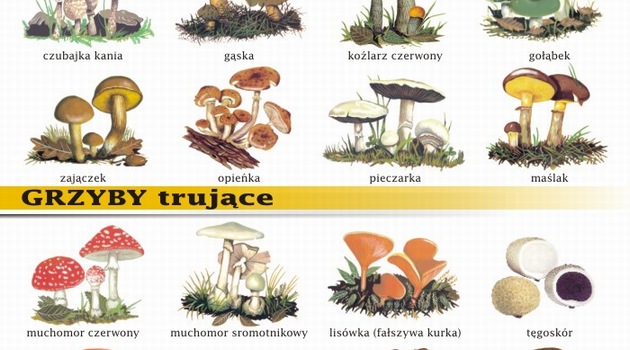 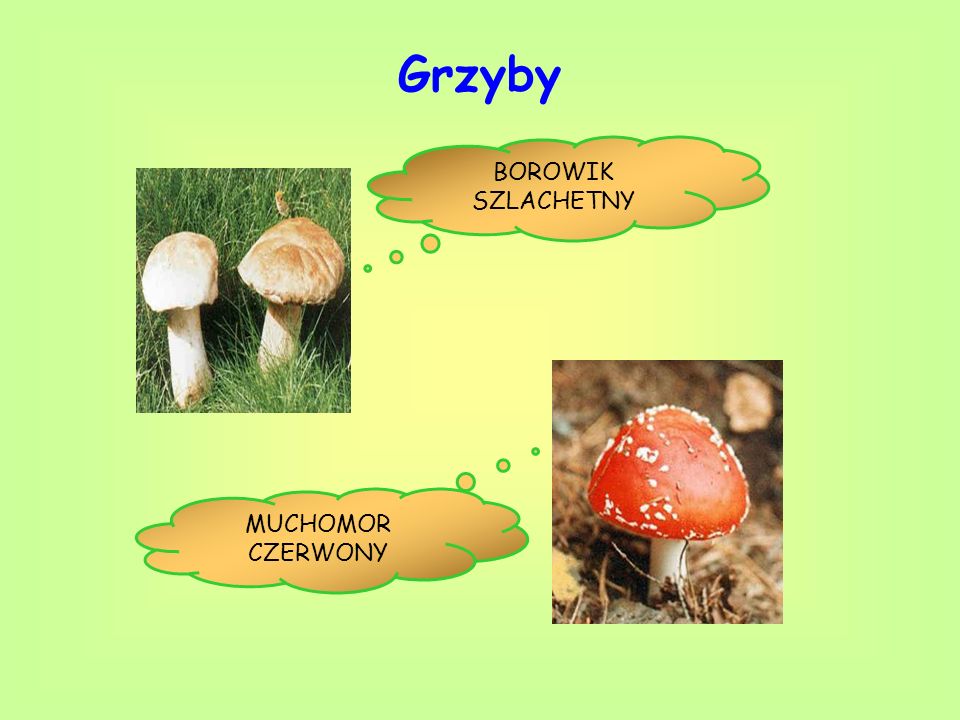  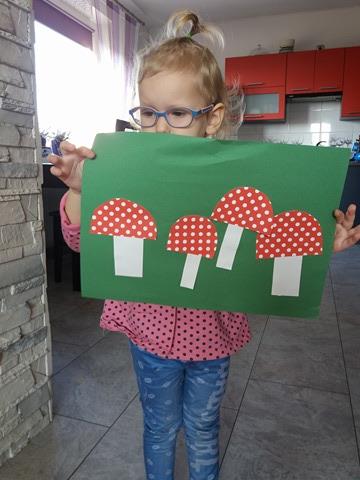 |
|
|
|
Post by Bonobo on Feb 16, 2020 15:22:37 GMT 1
|
|
|
|
Post by naukowiec on Feb 23, 2020 10:19:31 GMT 1
it is not so dangerous after all - causes hallucinations and mild disorder, not death. The symptoms for higher levels of ingestion don't sound great, seizures and coma! We call these toadstools. This is another poisonous one, destroying angel. Apparently you should never eat a mushroom that is all white like this one, or has white gills: 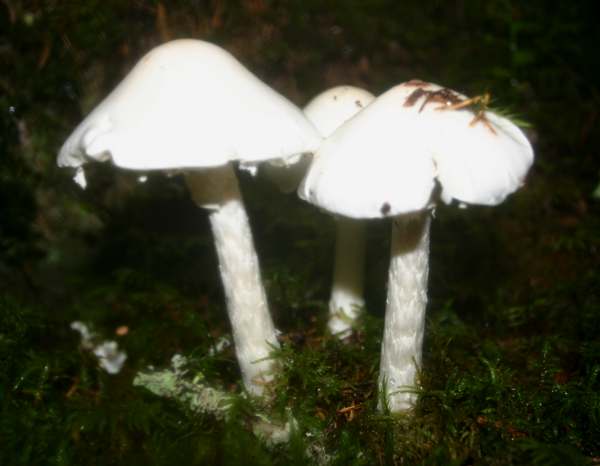  It is in the same family as the death cap mushroom. |
|
|
|
Post by Bonobo on Feb 27, 2020 22:40:04 GMT 1
This is another poisonous one, destroying angel. Apparently you should never eat a mushroom that is all white like this one, or has white gills: With the exception of young champignions. yummy!   But yes, this site warns not to pick champignion-like mushrooms: www.survival.strefa.pl/bg_grzyby.htm |
|
|
|
Post by naukowiec on Feb 29, 2020 21:36:23 GMT 1
this site warns not to pick champignion-like mushrooms: Someone picking without that knowledge could make a fatal mistake though. To be honest, even if I went out picking with a very reliable book, I would still be very apprehensive about eating something I'd picked that I didn't know much about. |
|
|
|
Post by Bonobo on Sept 27, 2020 17:05:11 GMT 1
Be careful - instead of mushrooms, you can find WW2 explosives, like a certain famous journalist 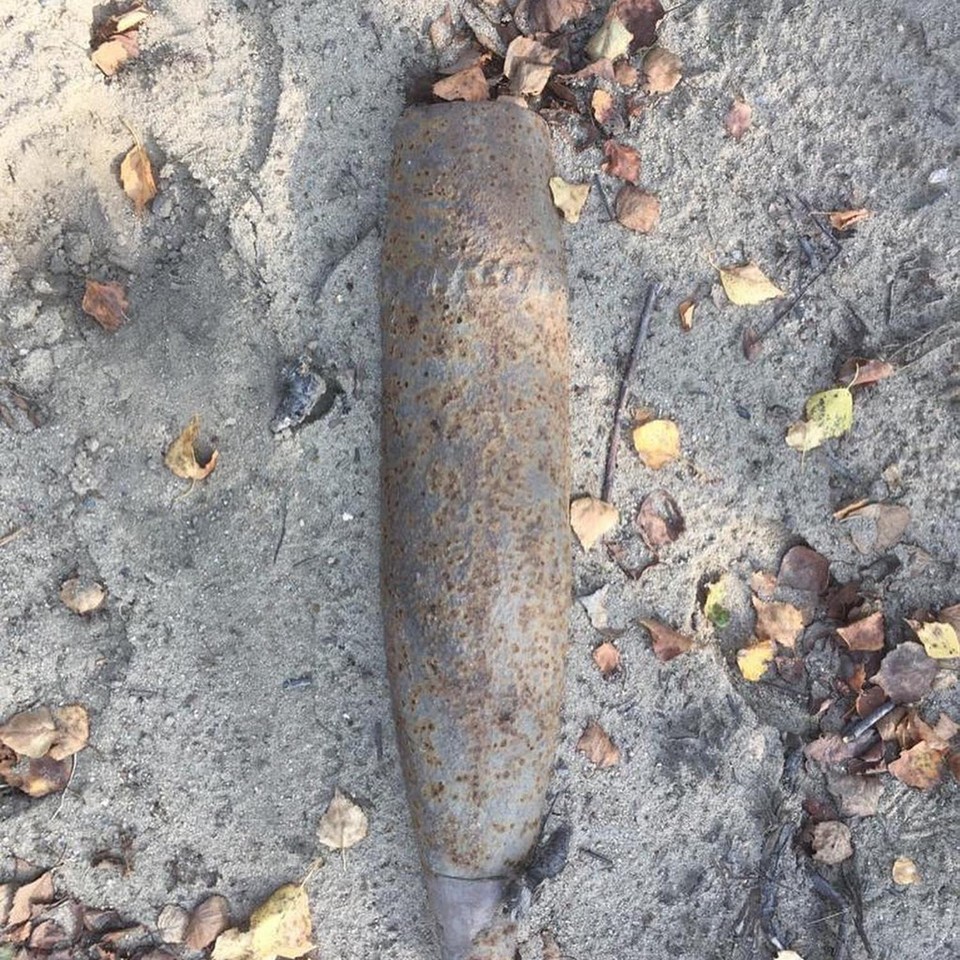 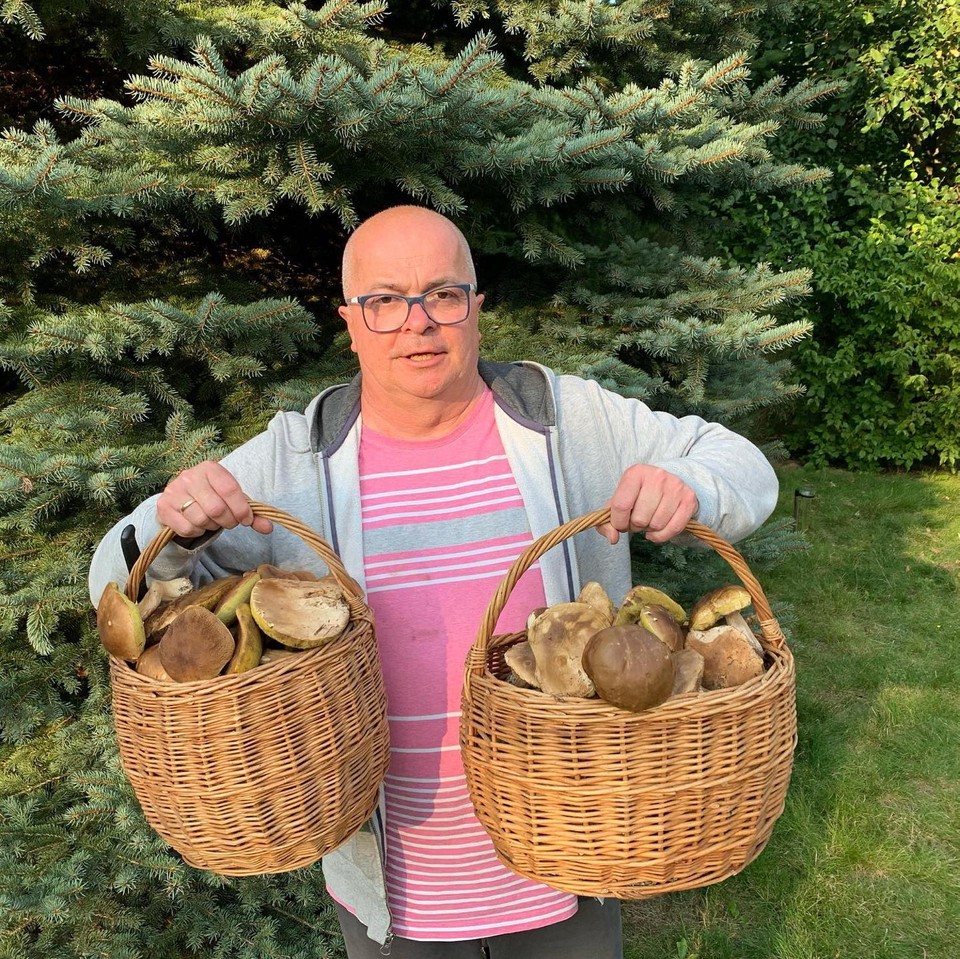 |
|
|
|
Post by Bonobo on Nov 14, 2021 11:08:16 GMT 1
I already heard about gangs of mushroom hunters who forage Polish forests, but not on such a scale as in Spain. www.onet.pl/turystyka/onetpodroze/w-hiszpanii-grasuja-gangi-grzybiarzy-glownie-z-rumunii/x1vtxs9,07640b54
Spain is fighting against the mushroom picking mafia
During the long All Saints' Day weekend, the Spanish Civil Guard is expecting an increase in the number of illegal mushroom pickers. Police patrols control mountain roads and forest areas, especially in the foothills of the Pyrenees and in the central part of the country.
Grażyna Opińska
5.3k
November 1, 2021, 19:13
You can read this text in 1 minute
In Spain there are "gangs" of mushroom pickers, mainly from RomaniaIn Spain there are "gangs" of mushroom pickers, mainly from Romania - Smit / Shutterstock
The inhabitants of these areas were called for civic cooperation in detecting the mushroom picking mafia, informed the Directorate for Environmental Protection of the Civil Guard. The Spanish daily La Razon writes about it.
A "heap" of fun at the end of the Diwali festival in India
In Spain, collecting undergrowth requires a special permit that can be purchased online. In the case of mushroom picking, there are three types of permits: recreational - authorizing to collect up to 5 kg a day, commercial - up to 50 kg and operational - granted to buyers and sellers of mushrooms. The cheapest is the recreational type permit, which costs from 3 to 5 euros a day for a person living in the region and 10 euros for a non-resident. Additionally, mushrooms can only be picked at the permitted times and in certain places.
Conflicts of mushroom pickers. Secrets carefully kept from visitors
Meanwhile, in the mountain forests of Spain, organized groups of mushroom pickers, mainly from Romania, have been prowling for years and collect mushrooms en masse without a permit. They travel through the forests in a line and systematically scour the area. They sell the harvested mushrooms illegally in Spain, or trade them abroad, to neighboring France or to Germany.
According to the Civil Guard, mafia groups of mushroom pickers are composed of several or several dozen people traveling in vans. In forests, they often set up illegal camps in which they sleep.
Police officers ask the inhabitants of the forest areas if they have seen strangers wandering in the mountains. Such encountered persons are asked for documentation and a permit to collect mushrooms. Failing this, the police confiscate the mushrooms and impose a fine. If the detainees are foreigners who do not have the ability to pay the fine immediately, the police temporarily confiscate their car.
Additionally, officers control mountain roads, stopping cars, especially vans, and check their loads. In the region of Castile and Leon, it is assumed that transporting more than 10 kg of mushrooms without documentation confirming their origin is illegal. The permitted harvest limit may not be exceeded if a permit is issued. In addition, the police check that the vehicle has all the certificates for the transport of food.
Undergrowth harvesting has been regulated in Spain for 15 years. Before that, there was a free market for mushroom picking that was freely accessible to anyone.
|
|